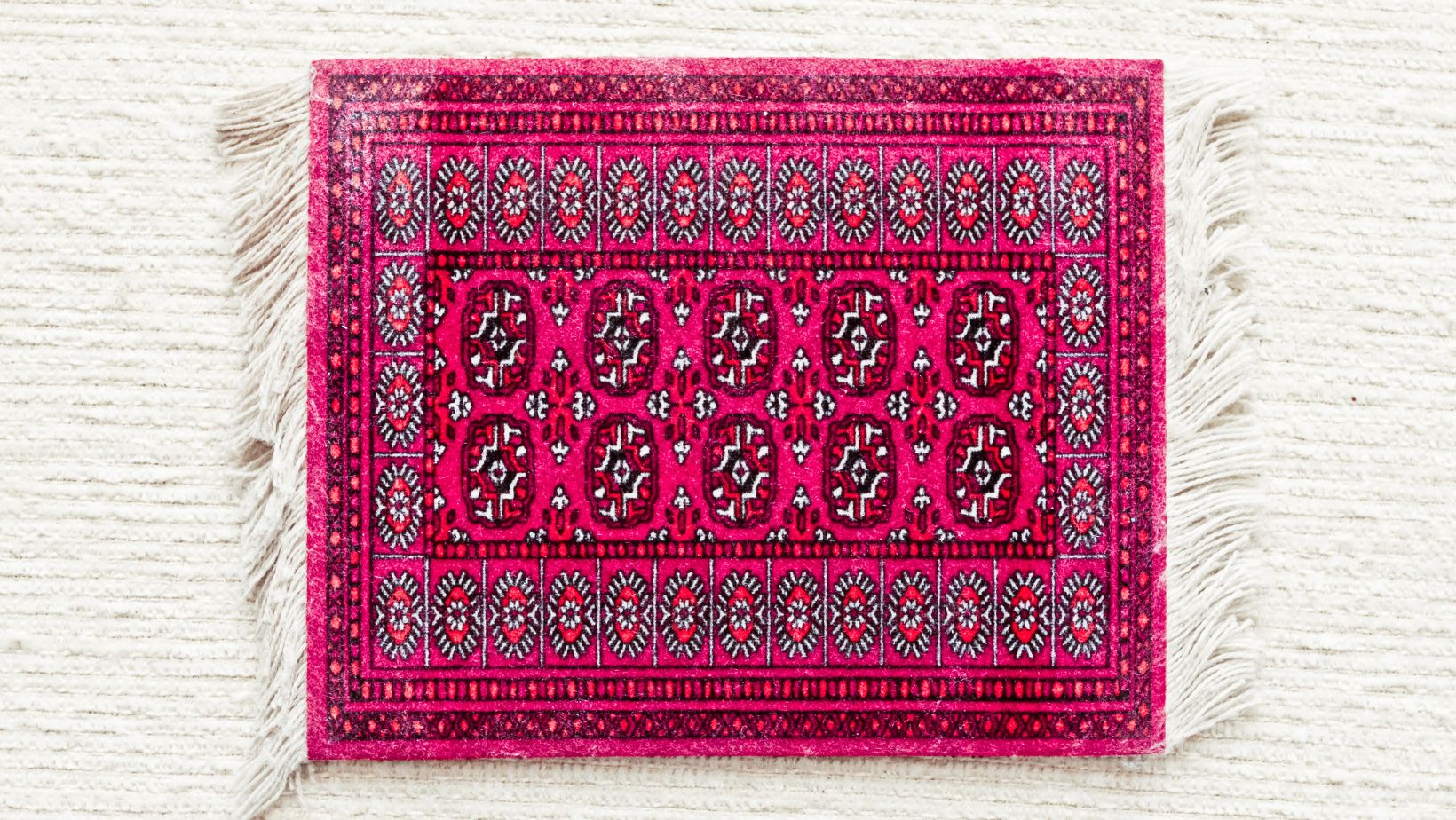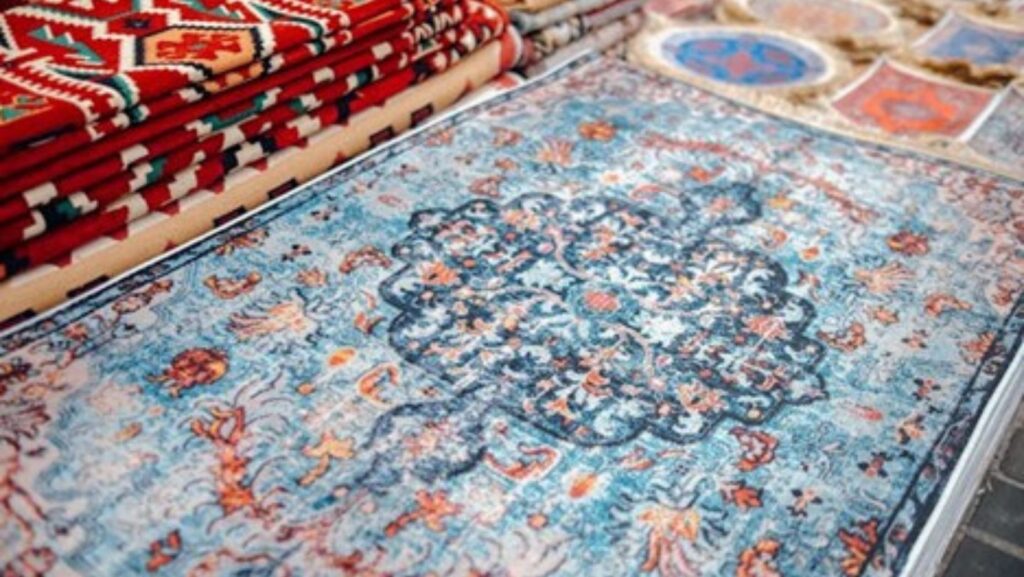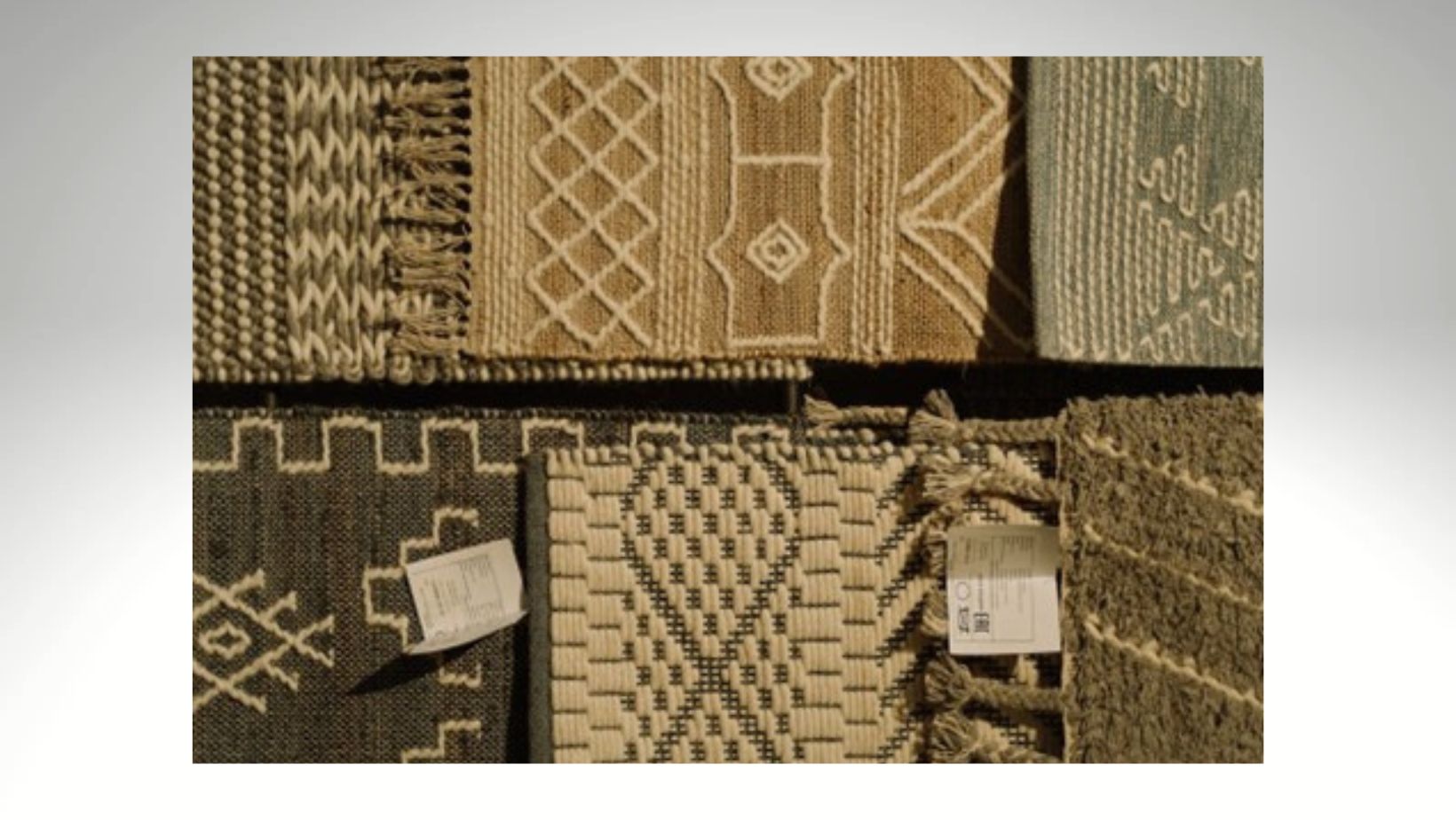Homeowners buying new rugs this year are favoring tufted and flatweave designs, common options, each with distinct differences.
Becoming familiar with the two styles and how they compare will enable you to make the right choice to accommodate your home decor needs. Visit – 10 Types of Rugs That Look Good in Any Space – for rug types that look good in any space.
The Construction Process
Making tufted and flatwoven rugs determines the durability and longevity of the product. While each is constructed in a different manner, that doesn’t necessarily detract from how well the carpet will hold or for how long.
Tufted Rugs
A backing material of either cotton, canvas, or polyester is used to start making a tufted rug. Yarn is punched through or “tufted” into the backing with a special machine, almost reminiscent of a high-tech sewing machine. The yarn forms loops that are left intact on the underside of the rug to create a textured appearance.
For a smooth texture, the loops are sheared, leaving a soft, plush pile. The back of a tufted rug is often coated with latex for reinforcement to hold the tufts in place. Some rugs have a secondary cloth backing attached.
Flatwoven Rugs
Flatwoven rugs contain no pile texture in the same way that tufted rugs do. Flatwoven rugs have a flat surface, as suggested by the name. These are created on a loom, where the weaver passes colored yarn over and under warp threads to create a pattern.
The most basic type is a tabby weave, which is a simple crisscross pattern, while kilim and soumak have more complex patterns involving intricate color and texture arranging with the surface remaining flat. The common fibers for these rugs include jute, cotton, and blends.
Weighing The Pros and Cons
Deciding which rug will work better in your home is a matter of personal preference and will depend on a few variables, such as budget, maintenance requirements, the volume of traffic in space, and versatility in style.

Here we’ll help you weigh up the pros and cons of the tufted and flatwoven rugs and see which areas these rooms may perform the best.
Pros and Cons of Tufted Rugs
– Pros
– Budget-friendly compared to woven rugs
– The pile texture allows comfort underfoot
– Durable in low-to-medium traffic areas
– Variety oof unique patterns and prints
– Versatile for most spaces
– Cons
– Sheds more compared to other rug materials
– Loops can loosen over time
– Less durable compared to woven rugs
Areas where tufted rugs work best
– Dens/offices: Tufted carpets add a touch of warmth to an area devoted to work.
– Living space: The seating area is anchored when a tufted cotton or wool rug is situated in the room.
– Bedrooms: The plush texture of these carpets is nice to wake up to in the morning.
– Dining room: The dining area is cozier with sound absorbing rugs in the space.
Pros and cons of Flatwoven Rugs
– Pros
– Typically affordable compared to piled rugs
– Highly durable with an extended longevity
– Versatile to fit any design aesthetic
– Easy cleanup with its flat surface
– Ideal in high-traffic areas
– Cons
– Prone to slipping
– Less comfortable than piled carpets
– Limited in color and print variations
Areas where flatwoven rugs perform best
– Utility/mudrooms: These are less fussy carpets that can contain dirt in higher-trafficked areas.
– Entryway/hallway: The front door is prone to dirt debris and heavy foot traffic; flatwoven rugs are highly durable and can tolerate the abuse.
– Porches/patios: Some carpets are made of UV-resistant fibers, making them a stunning addition to the outdoor spaces.
– Kitchens: Spills are relatively easy to wipe up with these low-maintenance rugs.
Commonalities Between Tufted and Flatwoven Rugs
While there are key differences between these carpets, there are also some similarities, such as the methods for keeping them looking their best. Consider the following maintenance tips that will apply to both tufted and flatwoven styles.
– Rug pads: Quality rug pads prevent carpets from moving around and causing slip-and-fall accidents and potential injuries. They also add cushioning for extra comfort when walking. These are available for both tufted and flatweaves.
– Fringing repairs: Loop pile rugs suffer from fraying edges over time. Consider investing in professional fringing repairs for your tufted carpets.
– Direct sunlight: Each rug style can have an issue with fading when exposed to direct sunlight. It’s important to keep window treatments closed and move the rug to another location is color loss becomes apparent.
– Professional cleaning: Tufted rugs should be professionally cleaned roughly once every year or two to keep dirt from settling into the pile.
– Vacuum: Routine vacuuming keeps tufted and flatwoven rugs looking gook and can extend their lifespan. You want to be gentle around the fringing
– Spill cleanup: Immediately blot spills on flatwoven carpets. Tufted rugs need to have solids scraped up before blotting the surface.
Final Thought
Essentially, tufted carpets offer a range of patterns and provide comfort, while flatwoven rugs thrive on durability and versatility. Weigh the pros and cons as they pertain to your particular circumstances and preferences, and always contact a professional if you need further recommendations to help guide your choice.



More Stories
The Art of Minimalist Styling in Kitchens and Bathrooms
Customising Homes to Embody Coastal Lifestyle and Easy Living
Modular Home Moves: Architectural Considerations & Crane Logistics